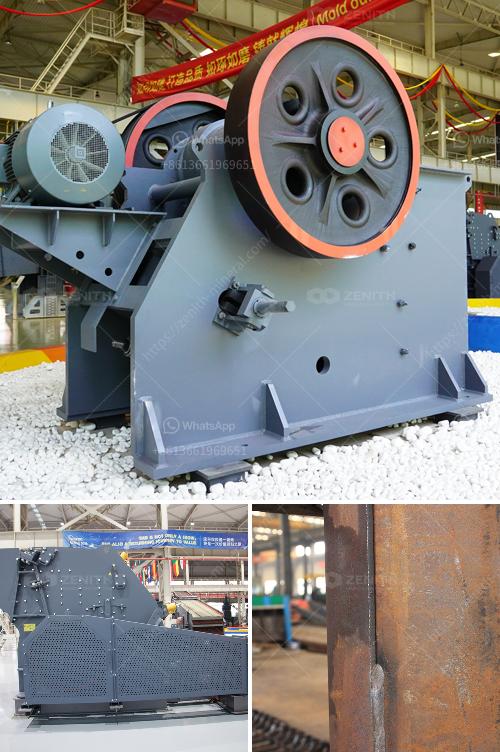Sizing a vibrating screen involves several steps to ensure that it will efficiently handle the material and meet production requirements. Here's a basic guide:
Determine Material Properties: Understand the material you are screening. Key properties to consider include bulk density, particle size distribution, moisture content, and abrasiveness.
Screening Capacity: Establish the desired screening capacity. This is usually defined in tons per hour (TPH). Take into account the efficiency required for the size separation.
Screening Efficiency: Define the desired screening efficiency. High efficiency means a cleaner product, but it might require a larger screen or a different screen type.
Screen Dimensions: Calculate the necessary screen dimensions.
Aperture Size and Shape: Choose the correct aperture size and shape based on the material's particle size and required cut points. Common shapes include square, rectangular, and circular.
Decks and Layers: Determine the number of decks (layers) needed. Multiple decks can provide several cuts, with upper decks screening larger particles and lower decks screening finer material.
Screening Surface: Select an appropriate screening surface:
Vibration Mechanism: Choose the type of vibration mechanism. Options include:
Slope Angle: Consider the screen's inclination. An angle between 15° and 25° is common but can vary depending on the application's requirements.
Load Distribution: Ensure uniform load distribution across the screen to avoid premature wear and inefficiencies.
Support Structure: Ensure the vibrating screen has an adequate support structure to handle its operational stresses.
Dynamic Analysis: Conduct a dynamic analysis to verify that the screen will operate within acceptable vibration limits and damping factors.
Feeding System: Design or select an appropriate feed system to ensure consistent material flow onto the screen.
Vendor Consultation: Collaborate with screen manufacturers to validate your design calculations and to finalize the correct screen for your application.
If you are operating a coal preparation plant and need a screen to handle 150 tons per hour of material with particle sizes ranging from 0 to 50 mm:
Consult with a manufacturer to confirm the design and then procure the screen.
By following these steps, you'll ensure that the vibrating screen is properly sized and configured for your specific application.
